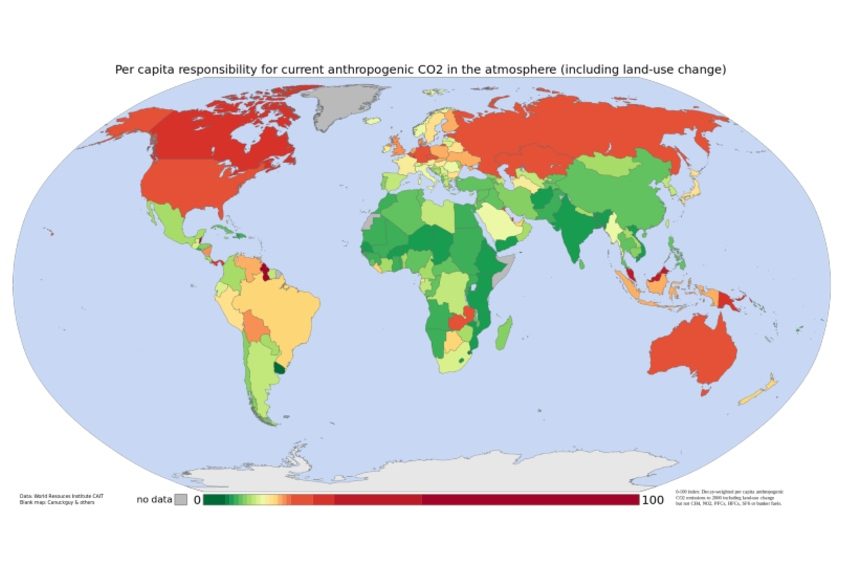The study reviews the Nationally Determined Contributions (NDC) of the six Southeast Asian countries: Indonesia, Malaysia, Philippines, Singapore, Thailand, and Vietnam. It compares them to their current and future emissions in the transport energy sectors.
The NDCs represent each country’s carbon reduction targets and adaptation strategies to climate change (Nationally Determined Contributions, 2019). These NDCs are then submitted to the United Nations Framework Convention on Climate Change (UNFCCC), the Paris Agreement.
The study says these pledges are voluntary and do not involve legal or political commitment, leaving it up to each country to fulfil its promises.
The paper showed that although the NDCs offer many policies to reach their emissions targets, these goals are not ‘quantified’, meaning there is no way to measure how each policy can reach its emissions target.
The study compares each country’s CO2 emissions per capita and gross domestic product (GDP) and then examines its policies and strategies. It also examines its reduction targets and the year in which it plans to achieve them.
It used the Asia Pacific Economic Cooperation (APEC) data to get the following information: population, historical GDP and emissions, and their business-as-usual emissions projection.
Some of the study’s key findings revealed that most countries will rapidly increase emissions from their energy sector in a business-as-usual scenario, doubling in countries like Indonesia, the Philippines, and Vietnam, except Singapore, by 2030.
Target reductions vary from each country relative to their 2010 emissions and the projected business-as-usual emissions by 2030, with some countries showing little or no reductions by 2030.
It is essential to review each country’s NDCs to determine whether its policies or plans to curb carbon emissions are enough to reduce the amount of greenhouse gases in the atmosphere significantly.
The paper concludes that more analysis is needed to understand how these policies can achieve carbon emissions reductions and whether these plans are even adequate to hit the carbon emissions targets stated in their NDCs.
The study helps policymakers, climate change advocates, and stakeholders keep track of each country’s climate actions.
To access the entire report, click the link in the “Source” section.
Sources
Fulton, L., Mejia, A., Arioli, M., Dematera, K., Lah, O. (2017). Climate Change Mitigation Pathways for Southeast Asia: CO2 Emissions Reduction Policies for the Energy and Transport Sectors. MDPI Open Access Journals. Retrieved from: https://www.mdpi.com/2071-1050/9/7/1160
Nationally Determined Contribution (NDCs). (2019). United Nations Climate Change. Retrieved from https://unfccc.int/process-and-meetings/the-paris-agreement/nationally-determined-contributions-ndcs
PHOTO CREDIT: By Vinny Burgoo – self-made using data from the World Resources Institute and a blank map by Canuckguy and others, CC BY-SA 3.0, Link



Leave a Reply